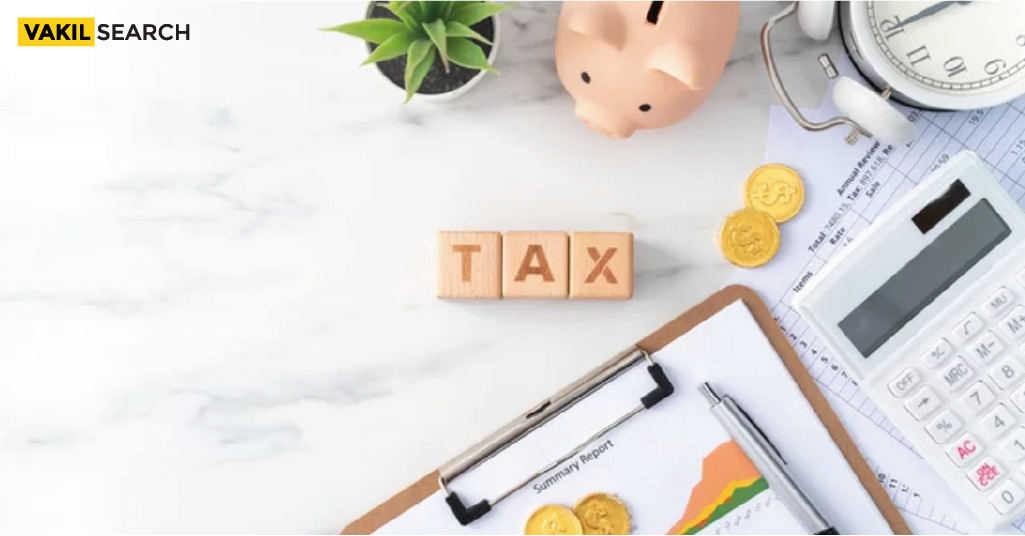Explore the significance of the Cost Inflation Index in income tax calculations for long-term capital gains and discover tax-saving tips.
Introduction
Inflation is an inevitable economic phenomenon where the prices of goods and services gradually rise over time, leading to a reduction in the purchasing power of money. Imagine a scenario where you could buy two units of goods for ₹ 100 today, but due to inflation, the same amount may only fetch you one unit tomorrow. This continuous increase in prices poses a significant challenge for assessing capital gains accurately, especially in the realm of income tax. This is where the Cost Inflation Index (CII) steps in.
What is the Cost Inflation Index?
The Cost Inflation Index serves as a pivotal tool in calculating long-term capital gains resulting from the transfer or sale of capital assets. Capital gains refer to the profits earned from the sale or transfer of various assets, including real estate, stocks, shares, trademarks, patents, and more.
Typically, long-term capital assets are recorded in financial books at their original cost price. This means that despite the constant rise in asset prices due to inflation, these assets cannot be revalued upwards. Consequently, when these assets are eventually sold, the gains appear substantial due to the stark difference between the selling price and the acquisition cost. As a result, taxpayers often find themselves subjected to higher income tax liabilities on these substantial gains.
To address this issue, the Cost Inflation Index is employed to adjust the purchase price of assets based on their selling price, effectively reducing the taxable gains and, subsequently, the tax amount owed.
Cost Inflation Index Table
To better understand the practical application of the Cost Inflation Index, it’s essential to refer to the CII table, which provides index values for different financial years. This table is crucial for computing the indexed cost of acquisition, which is instrumental in determining the tax liability on capital gains. Here’s a glimpse of the CII table from FY 2001-02 to FY 2023-24.
How is the Cost Inflation Index used in Income Tax?
The fundamental concept underlying the Cost Inflation Index’s role in income tax is the adjustment of the cost of acquisition of long-term capital assets to reflect their current market value. Long-term assets are initially recorded in financial books at their original cost price. As inflation leads to an increase in the market value of these assets, the gains realised from their sale or transfer appear substantial.
To provide relief to taxpayers, the concept of indexation is employed. Indexation involves adjusting the purchase price of assets using the Cost Inflation Index, which reflects the inflationary changes in asset prices over time. This adjusted purchase price is referred to as the ‘Indexed Cost of Acquisition.’
Smarter taxes, brighter future – Begin your tax planning journey with our Tax Calculator.
What is the Concept of the Base Year in the Cost Inflation Index?
The base year plays a crucial role in the Cost Inflation Index. It marks the starting point for calculating the index values, with the base year itself assigned an index value of 100. Subsequent years’ index values are then compared to the base year’s index to determine the percentage increase in inflation.
For capital assets purchased before the base year of the Cost Inflation Index, taxpayers can consider the higher of the ‘actual cost’ or ‘Fair Market Value (FMV) as of the 1st day of the base year’ as the purchase price. The application of indexation benefit is then applied to this calculated purchase price. FMV is typically determined based on the valuation report provided by a registered valuer.
Why is the Cost Inflation Index calculated?
The primary objective of calculating the Cost Inflation Index is to align asset prices with the rate of inflation. Essentially, as inflation escalates over time, prices follow suit.
Who Notifies the Cost Inflation Index?
The responsibility of specifying the Cost Inflation Index rests with the Central Government, which does so by issuing notifications in the official gazette. The formula for calculating the Cost Inflation Index involves taking 75% of the average increase in the Consumer Price Index (urban) for the immediate preceding year. The Consumer Price Index compares the current prices of a basket of goods and services, representing the economy, with the costs of the same basket in the previous year to determine price increases.
Why is the Base Year of the Cost Inflation Index Changed to 2001 From 1981?
Initially, the base year for the Cost Inflation Index was set as 1981-82. However, this posed challenges for taxpayers valuing properties acquired before April 1, 1981, and for tax authorities relying on valuation reports. To address these issues, the government decided to shift the base year to 2001, streamlining and expediting property valuations.
For capital assets purchased before April 1, 2001, taxpayers can use the higher of the actual cost or FMV as of April 1, 2001, as the purchase price, thereby availing the benefits of indexation.
How is Indexation Benefit Applied to Long-term Capital Assets?
When the indexation benefit is applied to the ‘Cost of Acquisition’ (purchase price) of a capital asset, it transforms into the ‘Indexed Cost of Acquisition.’ This indexed cost plays a pivotal role in calculating the tax liability on long-term capital gains.
Points to Ponder
- In the case of property received through inheritance, the Cost Inflation Index for the year in which the property is received must be used, disregarding the actual purchase year.
- Improvements made to the property before April 1, 2001, should not be considered for indexation.
- Indexation benefit is not applicable to bonds or debentures, except for capital indexation bonds or sovereign gold bonds issued by the RBI.
- Starting from April 1, 2023, indexation benefits are no longer available for Debt Funds.
Practical Examples
To illustrate the application of the Cost Inflation Index, let’s consider a few practical scenarios:
Case 1: Rahul’s Flat Purchase
Rahul purchased a flat in FY 2001-02 for ₹ 10,00,000.
He sells the flat in FY 2017-18.
What will be the indexed cost of acquisition?
In this case, the CII for the year 2001-02 is 100, and for 2017-18, it is 272.
The indexed cost of acquisition = ₹ 10,00,000 x 272/100 = ₹ 27,20,000.
Case 2: Shivani’s Capital Asset Purchase
Shivani acquired a capital asset in FY 1995-96 for ₹ 2,00,000.
The FMV of the asset on April 1, 2001, was ₹ 3,20,000.
She sold the asset in FY 2016-17.
What is the indexed cost of acquisition?
Since the asset was purchased before the base year, the cost of acquisition is the higher of the actual cost or FMV on April 1, 2001, which is ₹ 3,20,000.
The CII for the year 2001-02 is 100, and for 2016-17, it is 264.
The indexed cost of acquisition = ₹ 3,20,000 x 264/100 = ₹ 8,44,800.
Case 3: Gita’s Equity Shares
Gita purchased equity shares worth ₹ 1,00,000 on March 1, 2015.
She sold the shares on April 1, 2020. Let’s calculate the indexed cost of acquisition for Gita’s equity shares:
The Cost Inflation Index for the purchase year, FY 2014-15, is 240, and for the sale year, FY 2020-21, it is 301.
To calculate the indexed cost of acquisition:
Indexed Cost of Acquisition = ₹ 1,00,000 x 301/240 = ₹ 1,25,416.
Conclusion
Understanding the Cost Inflation Index is crucial for taxpayers as it can significantly impact the computation of income tax on long-term capital gains. By adjusting the purchase price of assets based on inflation, taxpayers can reduce their tax liabilities, ultimately leading to more efficient tax planning. It’s essential to keep abreast of changes in the Cost Inflation Index, including the shift in the base year to 2001 and changes in its application, such as the exclusion of indexation benefit for Debt Funds starting from April 1, 2023.
By utilising the Cost Inflation Index wisely and leveraging indexation benefits, taxpayers can navigate the intricacies of income tax with confidence, ensuring that they meet their obligations while optimising their financial outcomes.
FAQs on Cost Inflation Index
What is the cost inflation index for the fiscal year 2023-24?The cost inflation index for the financial year 2023-24 stands at 348, as per Notification No. 21/2023 issued by the CBDT on April 10, 2023. |
When was India’s Cost Inflation Index introduced?India’s Cost Inflation Index was initially introduced in 1981. |
What is the formula for calculating the cost of indexation?The formula to compute the cost of indexation is (Index for the year of sale/Index for the year of purchase) multiplied by the cost. |
What does CII mean in the context of income tax?In the realm of income tax, CII represents the Cost Inflation Index, a metric employed to gauge the annual rise in the cost of goods and assets due to inflation. |
Also, Read










